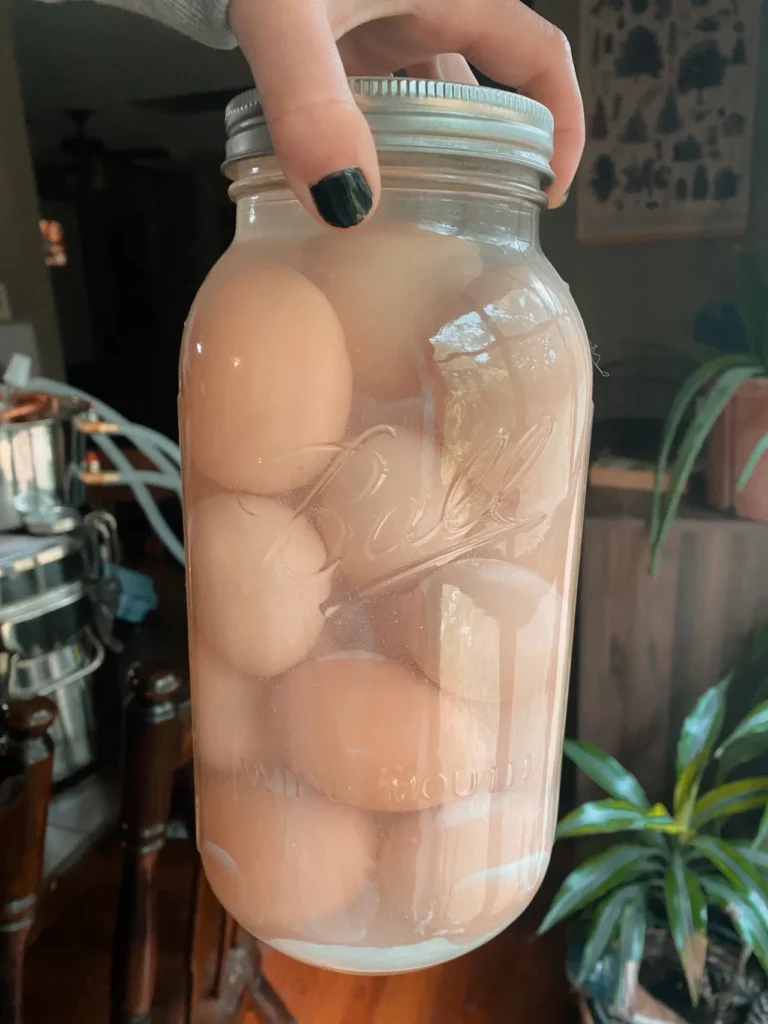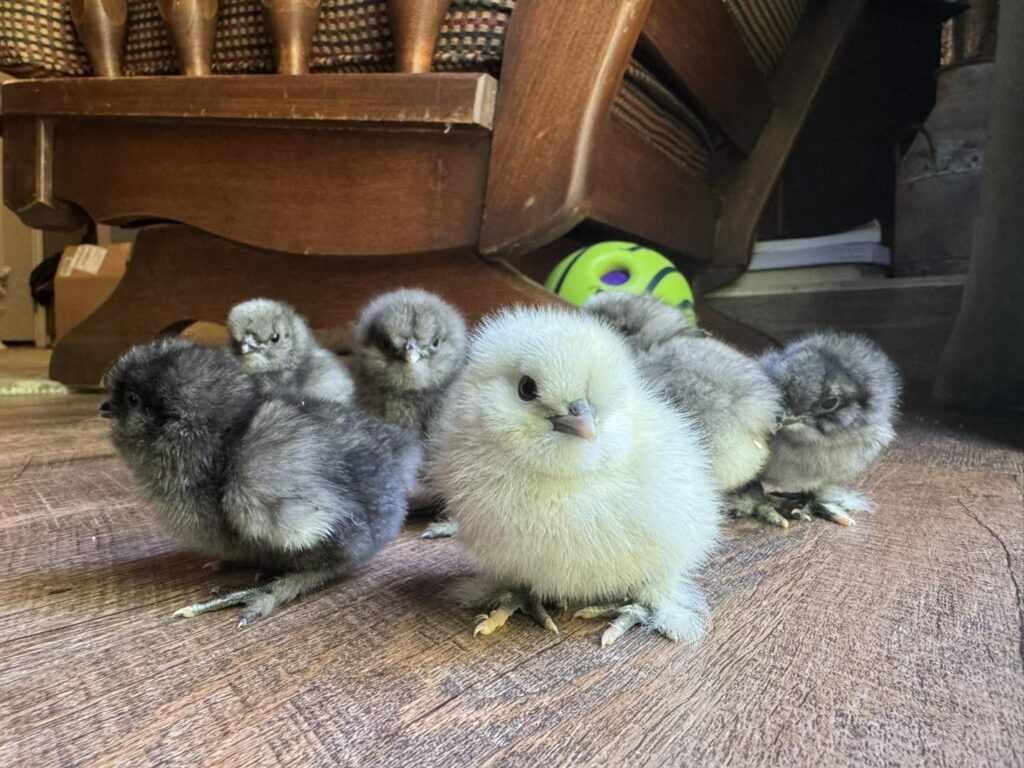
There’s nothing quite like the peeping of day-old chicks to make your heart skip a beat. Whether you’re starting your first backyard flock or adding to your homestead, those tiny balls of fluff need special care in their early days to grow into healthy, happy hens (or roos!). Here’s a simple guide to raising your chicks from day one until they’re ready to join the rest of the flock.
🐣 Bringing Home Day-Old Chicks: What You’ll Need
Before your chicks arrive, make sure you’ve got their brooder set up and ready to go. A brooder is a safe, warm space that mimics the comfort of a mother hen.
Brooder Basics:
• Space: A plastic tote, large cardboard box, or livestock water trough works great.
• Bedding: Use pine shavings (avoid cedar). Paper towels can be laid over bedding for the first few days to help them find their food.
• Heat source: A heat lamp or brooder plate to keep the temperature around 95°F (35°C) the first week.
• Feeder & Waterer: Use chick-sized versions to prevent spills and keep everything clean.
• Chick Starter Feed: Go with a medicated or non-medicated chick starter, depending on your preference.

🌡️ Warmth is Everything (Literally)
Chicks can’t regulate their body temp when they’re first born, so they rely on you to keep things cozy.
Temperature Guide by Week:
• Week 1: 95°F
• Week 2: 90°F
• Week 3: 85°F
• Week 4: 80°F
• Week 5: 75°F
• Week 6: 70°F
Keep an eye on your chicks. If they’re huddled together under the lamp, they’re cold. If they’re as far away from the heat as possible, they’re too hot. Spread out and peeping contently? You’re golden.
🥣 Feeding and Watering Tips
Use a chick starter feed with 18-20% protein for the first 6-8 weeks. Always provide fresh water, and for the first couple of days, add an electrolyte booster to their water to give them an energy kick after hatching stress. Read the packet or bottle for proper dosing.
Tip: Dip their beaks in the water dish when you first place them in the brooder so they learn to drink.
💩 Keep It Clean
Chicks are messy, and a dirty brooder can lead to illness. Change bedding regularly and wipe down feeders and waterers daily. Watch for pasty butt (yep, it’s a thing)—a blockage of poop on their backside. Gently clean it with warm water if you see it. One thing we learned ages ago was after cleaning dot their bottom with a cotton swab covered in olive oil and it does exceptionally well at preventing it from reoccurring.
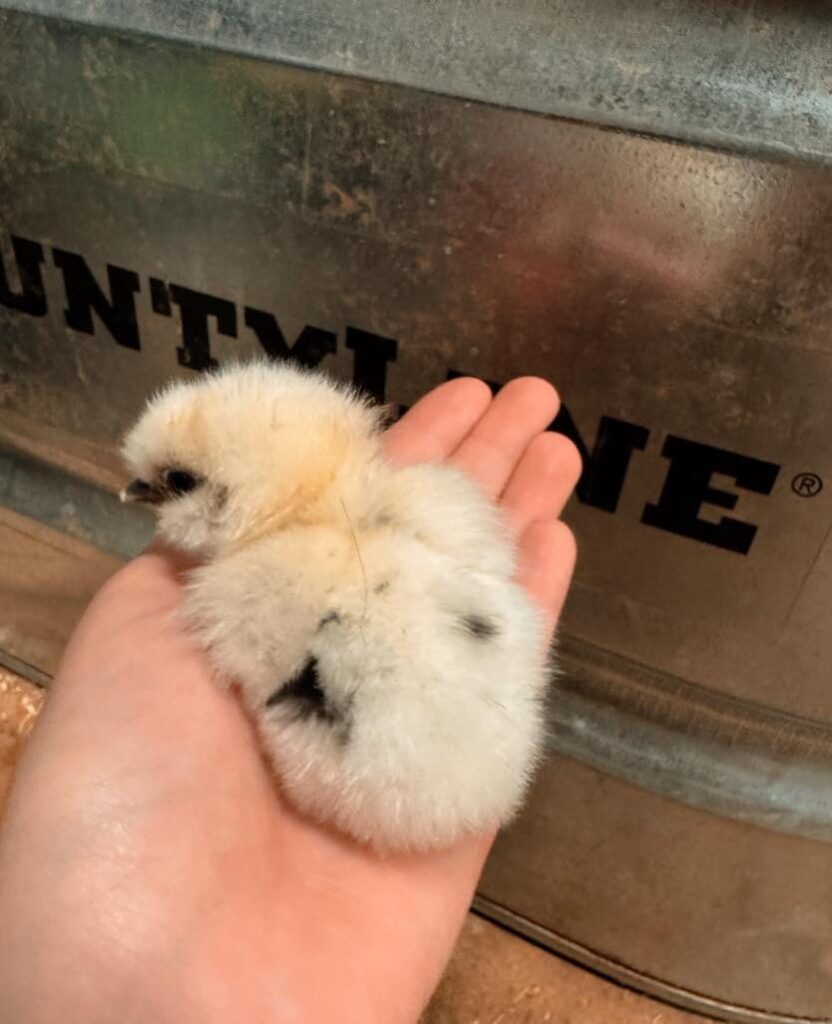
🐥 Socializing and Handling
Handle your chicks gently and often to get them used to people. This helps them grow into friendly, manageable birds. Just don’t overstimulate them—short and sweet is best in the early days.
🏡 When Can They Join the Flock?
Chicks can usually join the rest of your flock at 6-8 weeks old, once they’re fully feathered and the weather is mild (above 65°F consistently).
Before integrating:
• Let them see the older hens through a fence for a week or so.
• Watch for signs of aggression.
• Add distractions (extra feeders, treats) to prevent bullying.
It’s a slow introduction—think of it like chicken dating. A little distance and curiosity before they go steady.
Final Thoughts:
Raising chicks is one of the sweetest parts of farm life. It’s a little work, a lot of love, and totally worth it when you see those fluffballs turn into proud, clucking hens. Follow their cues, keep them warm and fed, and you’ll be well on your way to a thriving flock.
Got more questions or want to see our little chicks in action? Follow along on TikTok/Youtube/Facebook @Smithcreekfarmstead for real-time updates, farm life tips, and behind-the-scenes cuteness from our flock to yours.
Here’s to being Chicken Tenders!
-Smith Creek Farmstead Family
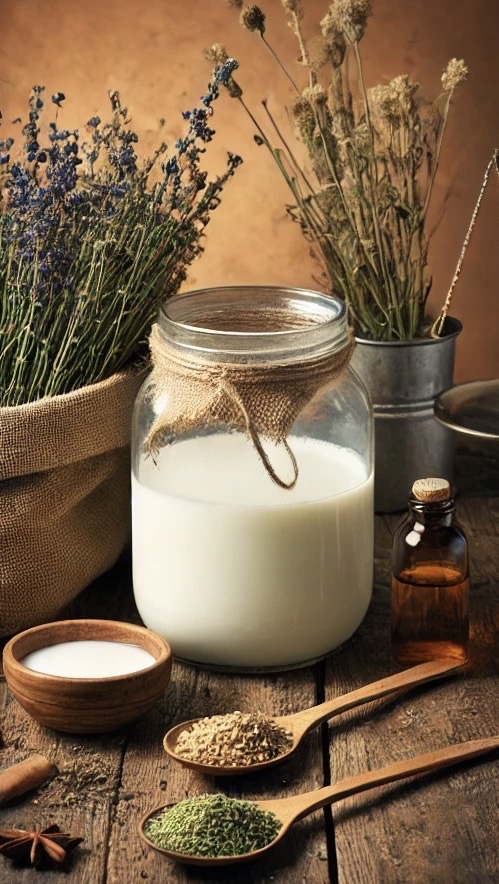
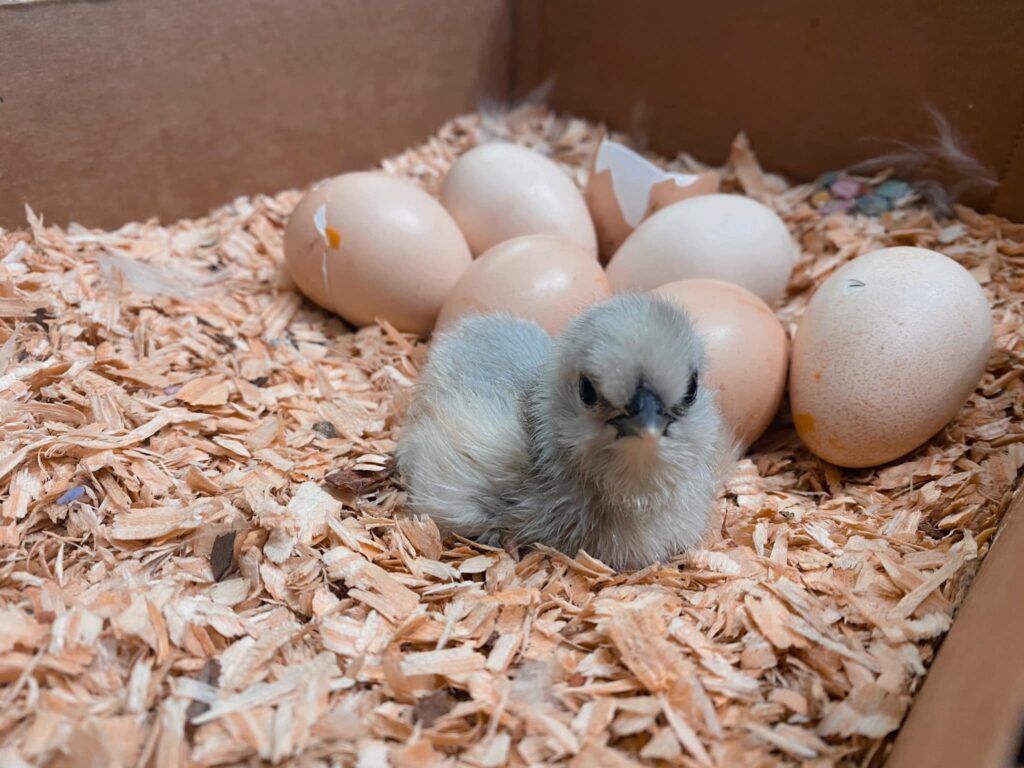
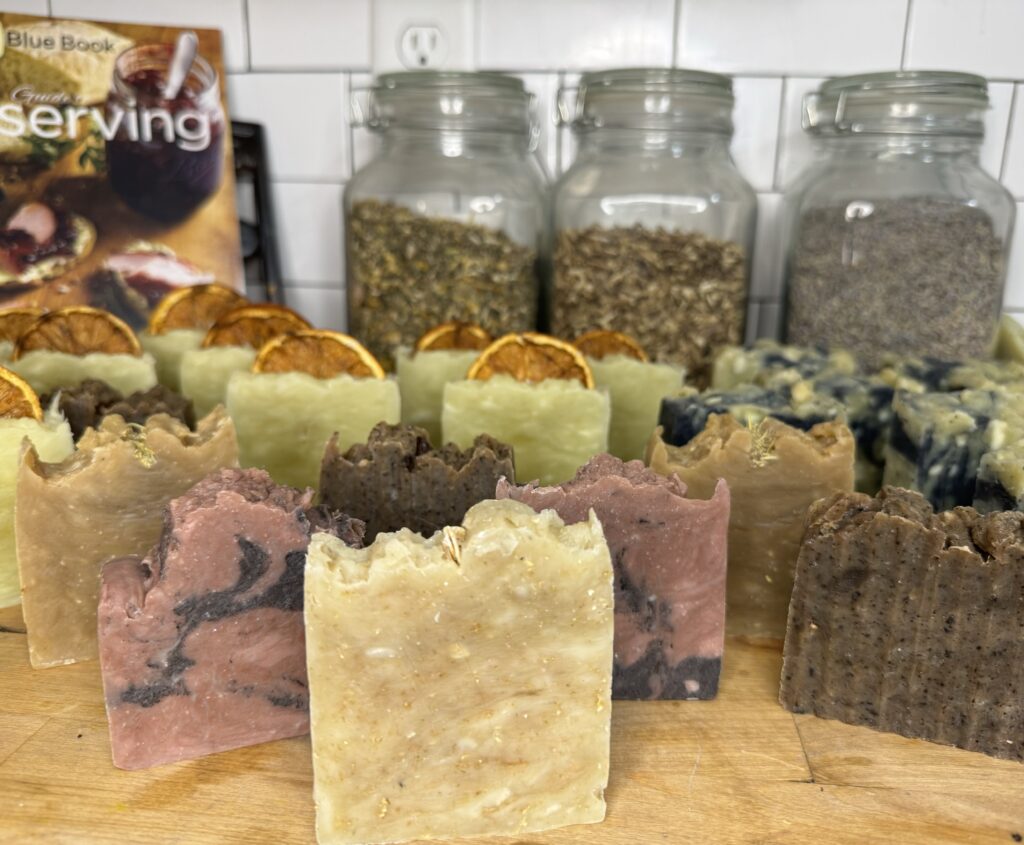
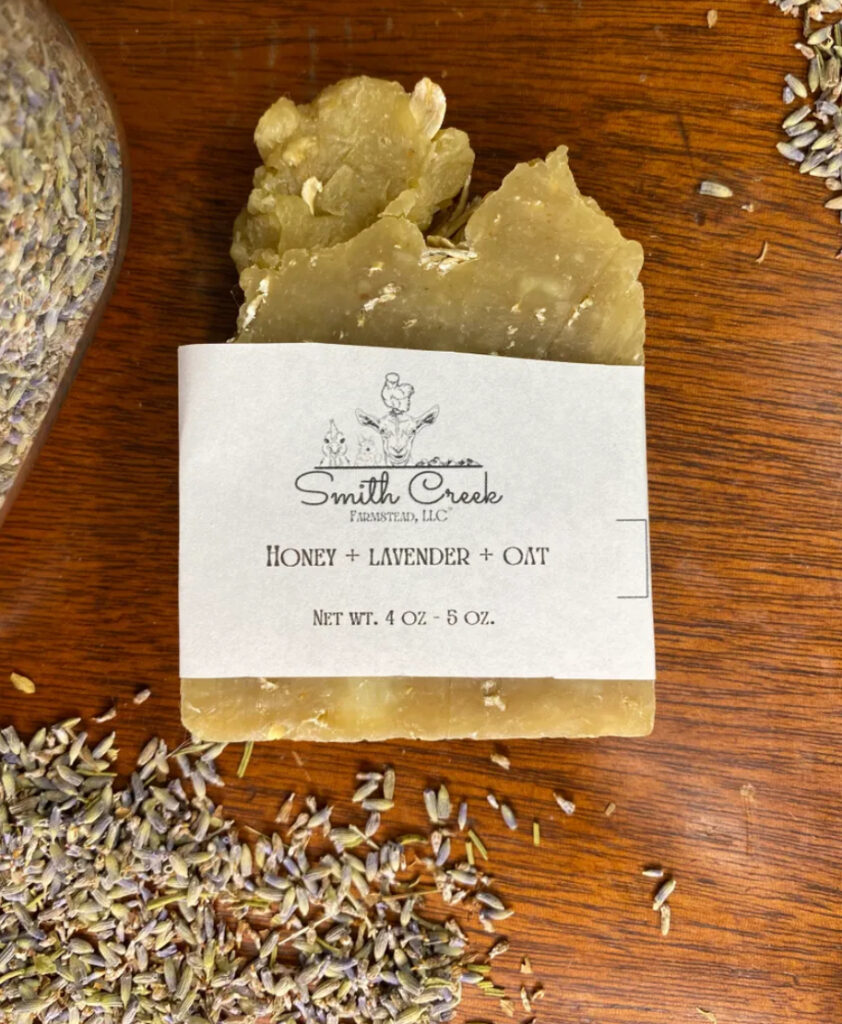
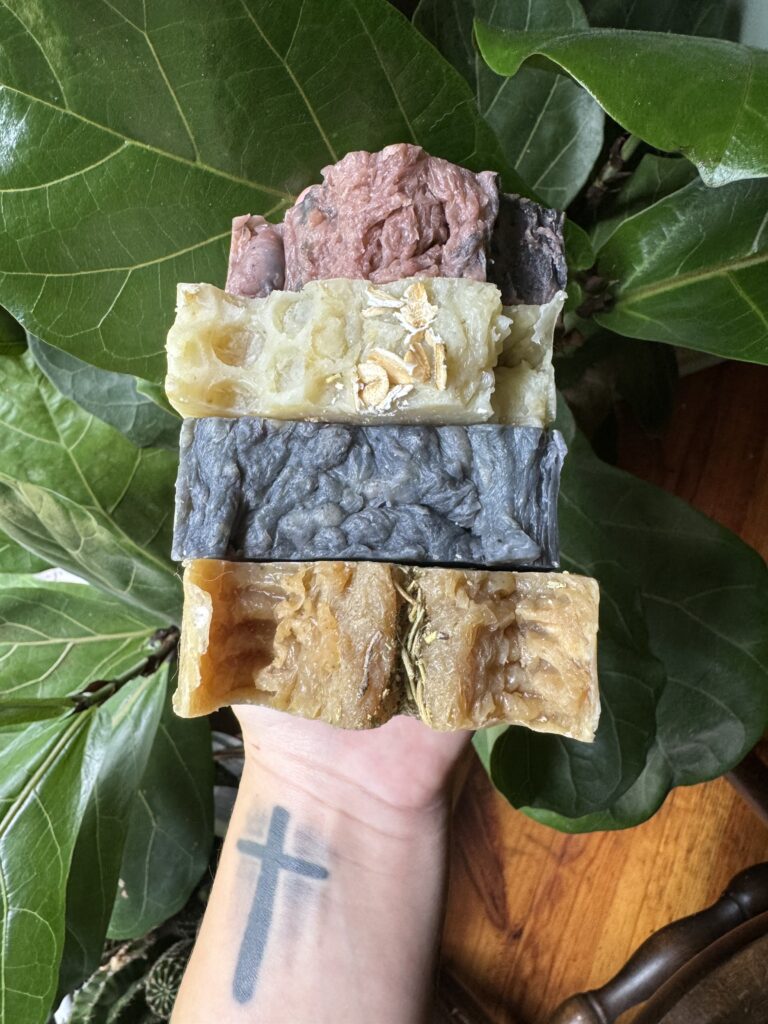
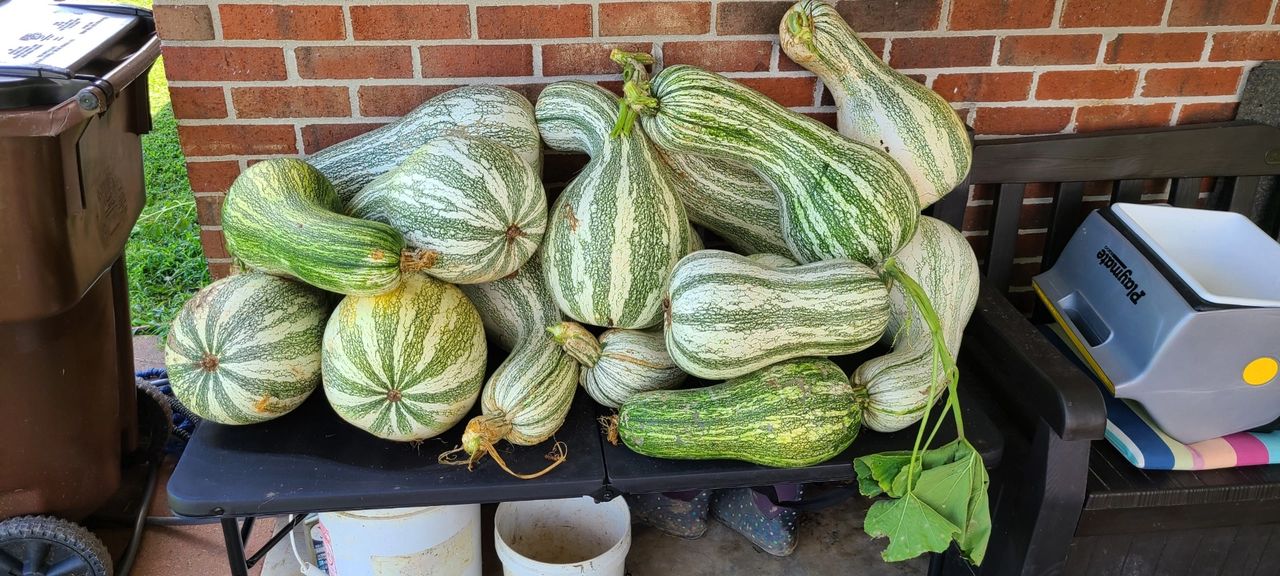

.png/:/cr=t:0%25,l:0%25,w:100%25,h:100%25/rs=w:1280)

